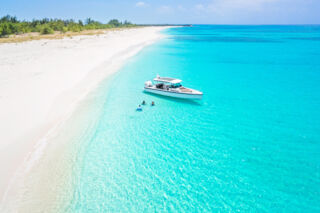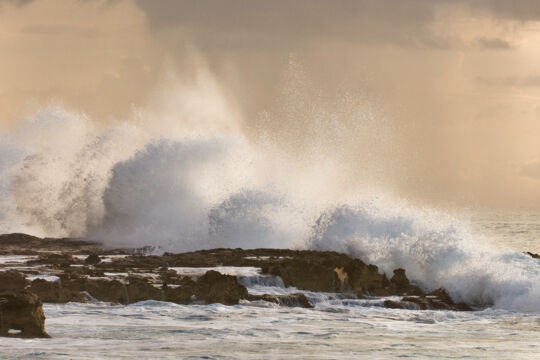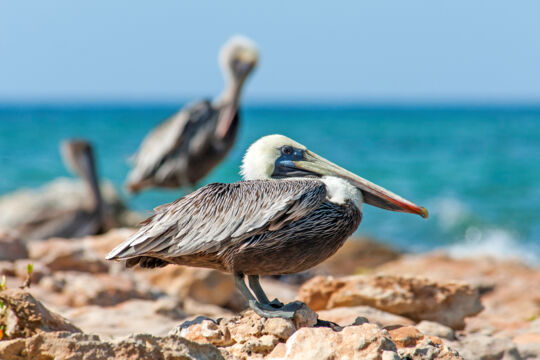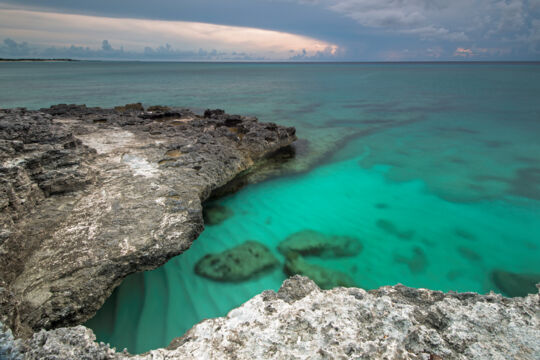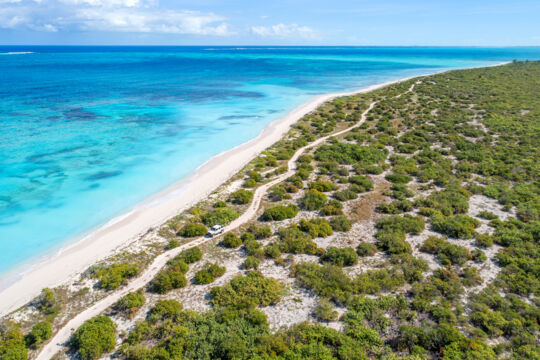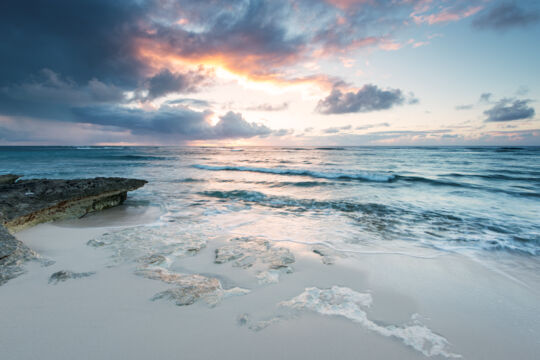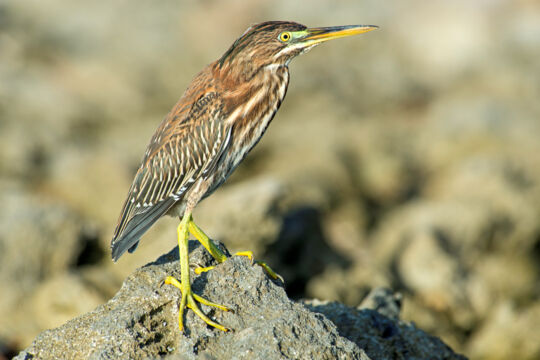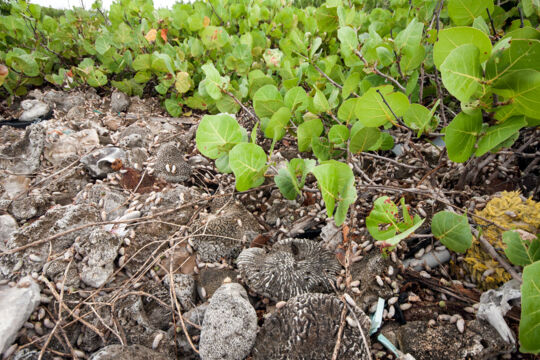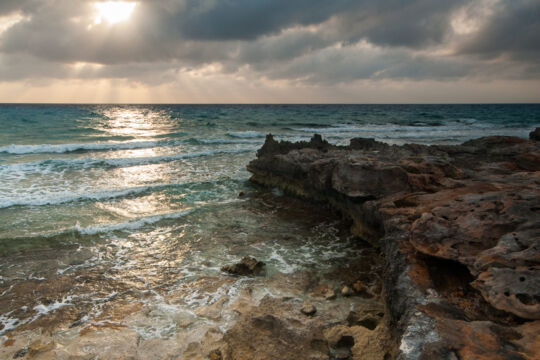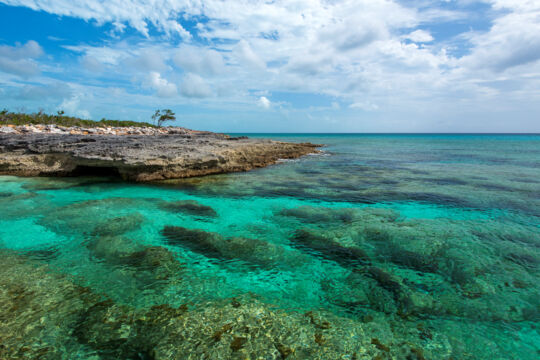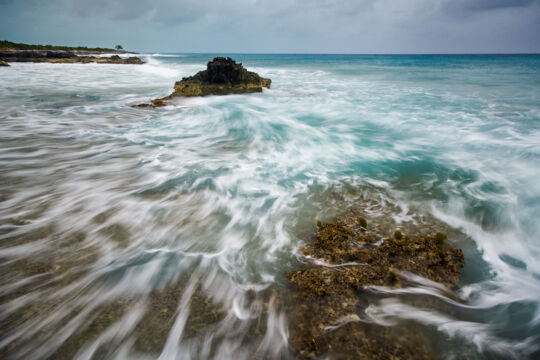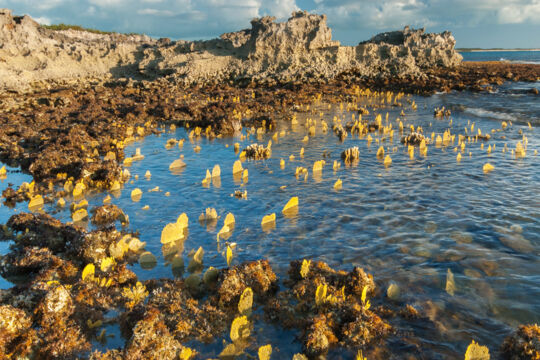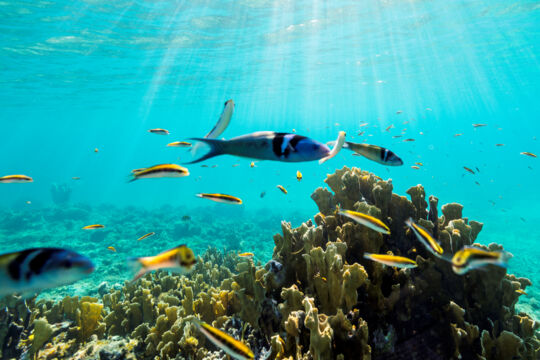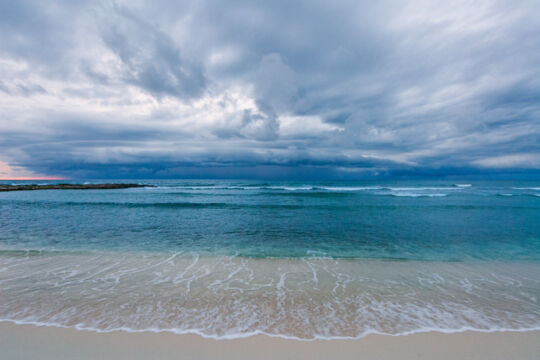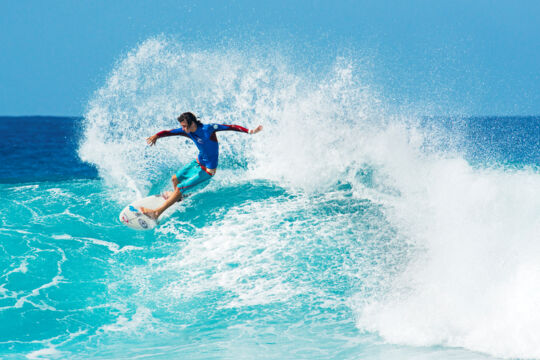Northwest Point National Park Providenciales
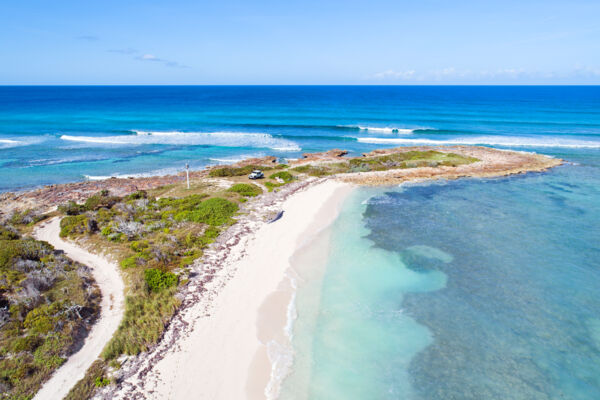
Northwest Point is a highly scenic coastal environment and the extreme northwestern point of Providenciales. This general region is composed of two protected areas: the Northwest Point Marine National Park, which includes a significant region of the ocean and coast up to the high tide point, and Northwest Point Pond Nature Reserve, an inland marine wetland system comprising two ponds and underwater caves.
The main points of interest here are the rugged marine limestone coastline (locally called ironshore), small coves and beaches, wetlands, birdlife, and majestic ocean conditions off the point.
The Northwest Point area is not a great place for recreational swimming. The water can be quite rough at times and tends to have hidden sharp rocks and coral, large amounts of sea urchins, and seaweed. However, when conditions are calm, excellent snorkeling can be found off the western side of the point.
Northwest Point is an exciting place to spend an afternoon exploring some of the natural features of the Turks and Caicos.
Birdwatching and Marine Wetlands
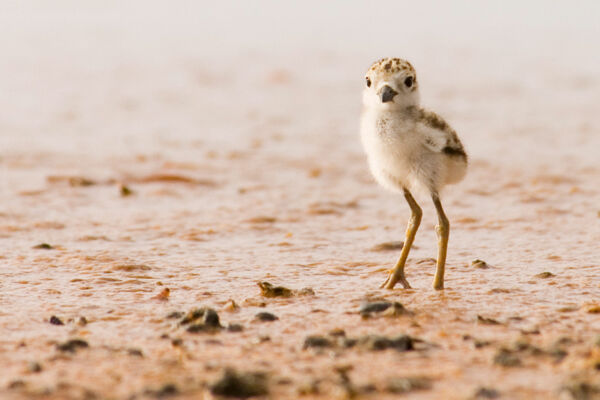
Northwest Point is an excellent birdwatching destination. There are two terrains here that attract birds: the beach and cliff coastal region and the inland saline ponds.
Common sightings include ospreys, brown pelicans, terns, American oystercatchers, gulls, green herons, yellow-crowned night herons, reddish egrets, stilts, warblers, and ducks.
A bit rarer yet still seen are merlins, great blue herons, cormorants, roseate spoonbills, Caribbean flamingos, and kingfishers.
The interior Northwest Point Pond Nature Reserve covers two inland saltwater ponds. The oceanside western pond is a shallow muddy salt flat that is ringed by red mangrove trees, and is one of the better birdwatching spots on Providenciales. The easiest way to get to the front pond is to walk about half a mile (0.8 km) south along the coast from the main peninsula with the light tower at Northwest Point, and then cross through about 150 feet (45 m) of light brush to reach the pond.
The interior pond is completely surrounded by mangroves, is largely inaccessible, and offers a completely different aspect. It supports intricate algae plants and underwater cave systems.
Barrier Reef and Break

The Caicos Islands group, which includes Providenciales, is situated on an elevated underwater plateau. The edge of this plateau is a sheer and drastic transition between the shallow water above the plateau and Caicos Banks and the Atlantic ocean floor. This drop-off is commonly referred to as the wall.
Almost the entirety of the edge of the Caicos Islands shelf is surrounded by a vibrant barrier reef system. This barrier reef, the wall, and deep ocean water are found quite close off the coast of Northwest Point.
When there’s a significant ocean swell, impressive waves can be seen breaking close off the coast. The break is a popular surfing spot.
Getting Here
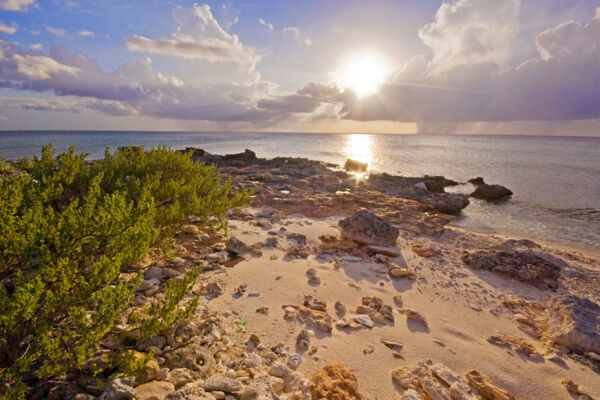
To get to Northwest Point, follow Millennium Highway all the way out to the end. Enter the small one-lane track right after the entrance to Northwest Point Resort. There is a small sign that says “Natural Park.”
After one mile (1.6 km), the road reaches the coast. The track continues for about half a mile (0.8 km) along the beach before ending at the point. It's best to stop before this last part, park, and walk on foot. Road surface conditions are poor and most vehicles (including most rental 4x4s) will get stuck in the soft sand.
Illegal Destruction in the Nature Reserve
Around late 2016, extensive illegal bulldozing took place inside the Northwest Point Pond Nature Reserve on the sensitive strip of land that separated the interior wetland ponds from the coast of the marine national park. This transitional land was important for giant land crabs, which utilized the area for burrows, as well as several types of birds.
This bulldozing led to beachfront land at Little Bay. No person or entity was prosecuted for this crime, which unfortunately is typical of the Government's approach to environmental protection laws.
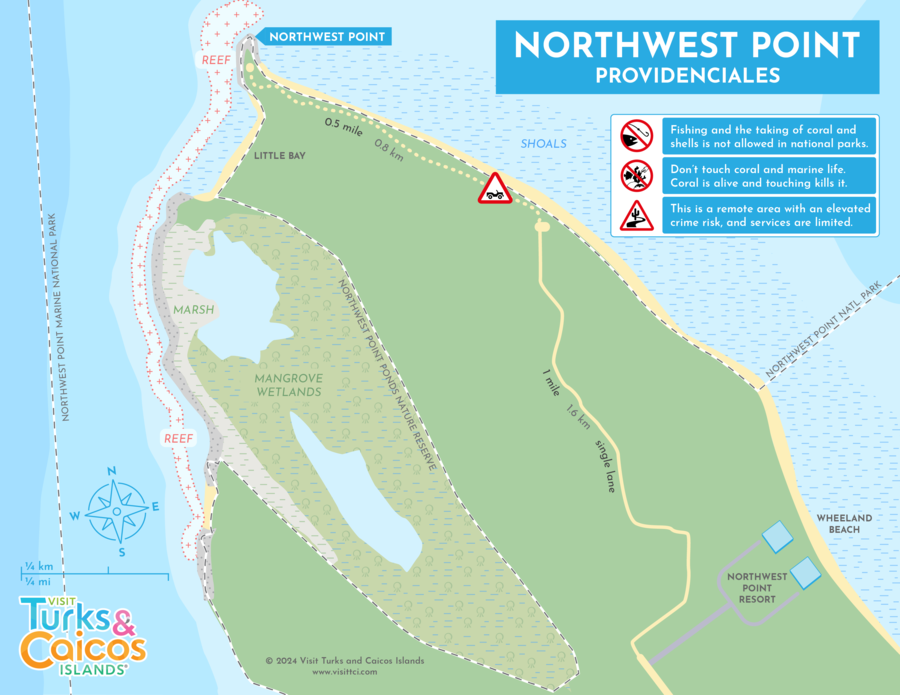
Tour Companies
